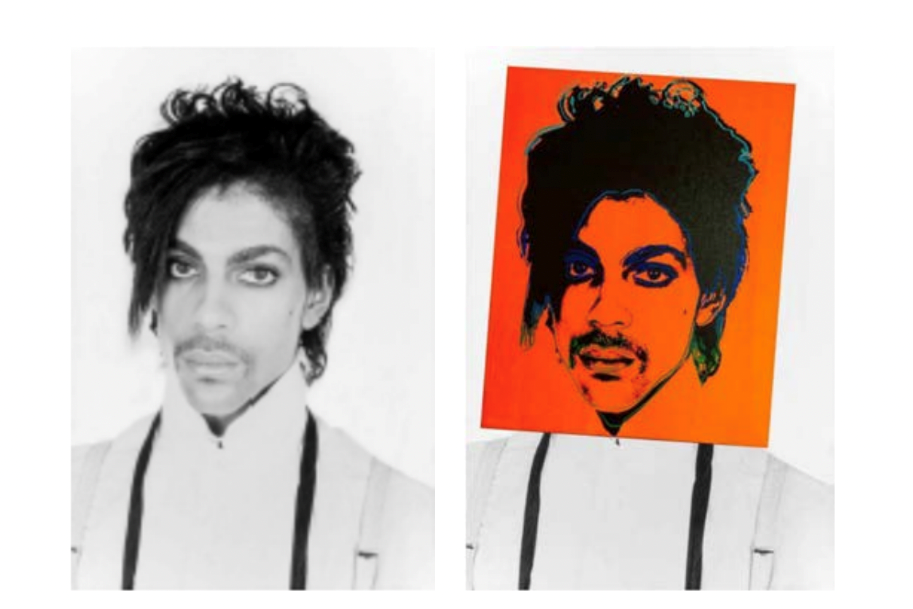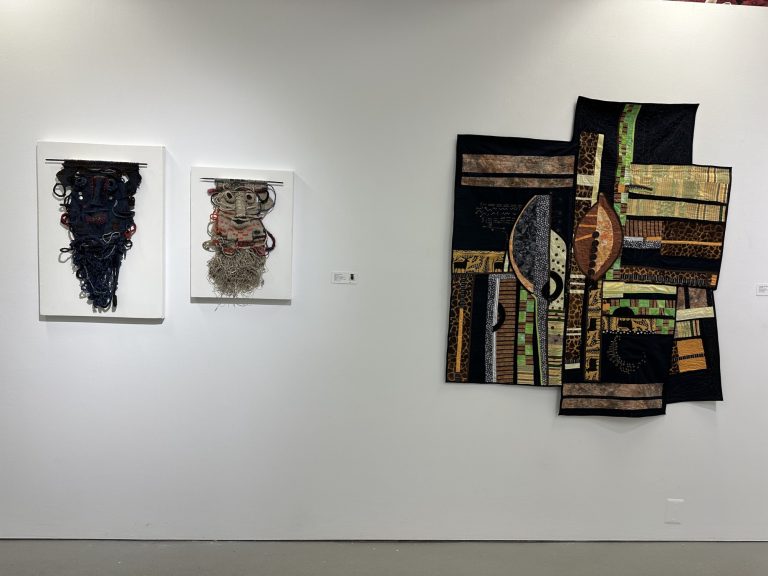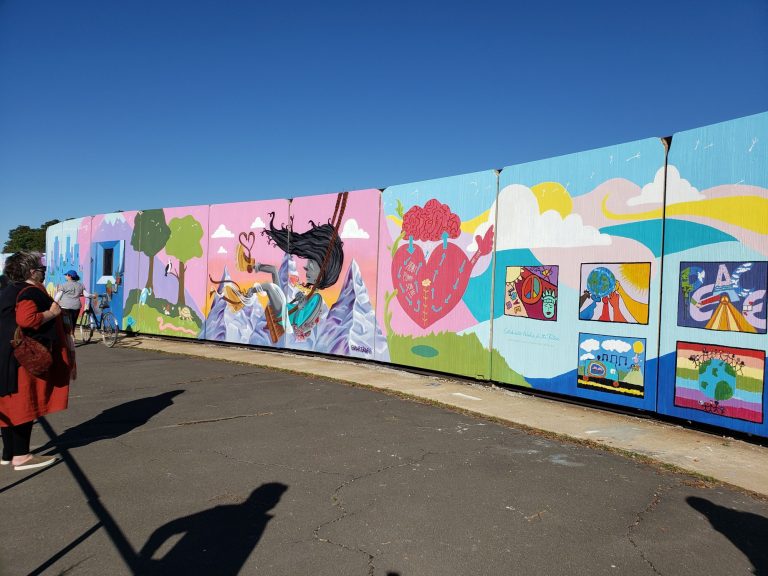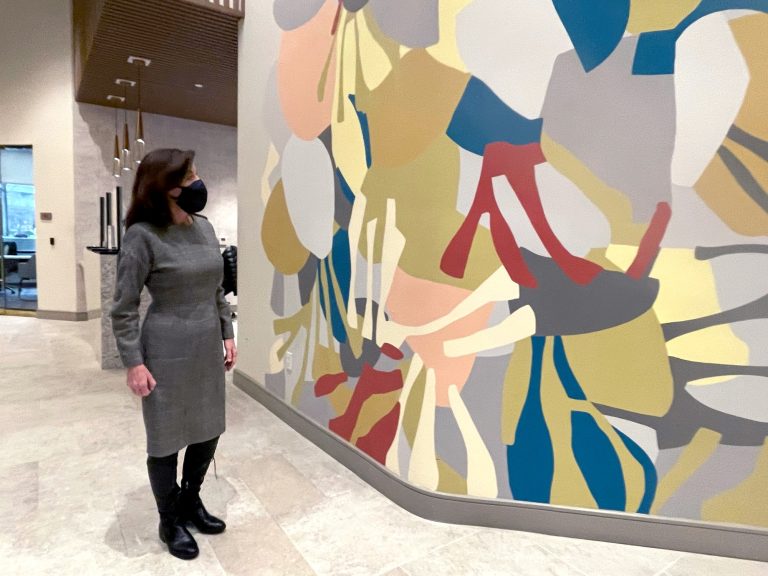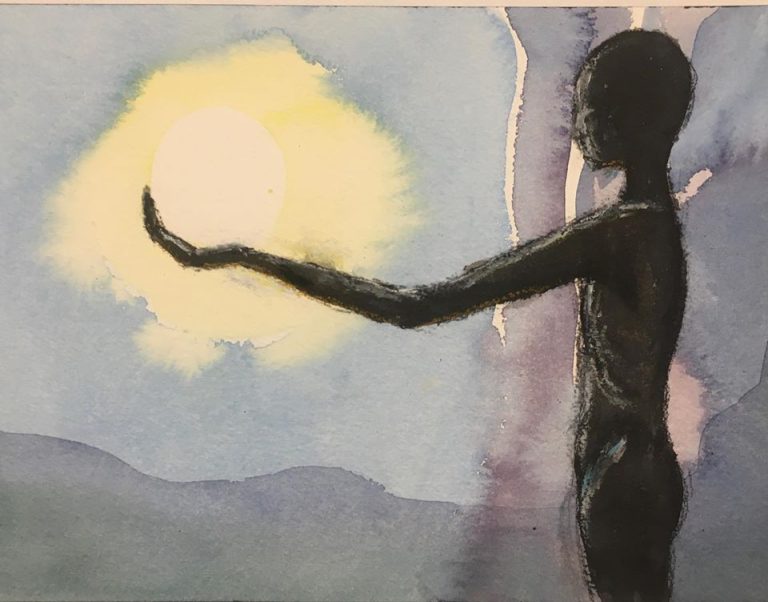Supreme Court Supports Photographer in Recent Case Involving Warhol Foundation
[Editor’s Note]: The Supreme Court finally issued a much-anticipated decision on a matter involving copyright issues surrounding the Andy Warhol Foundation’s licensing of a portrait of Prince. The art world had its eyes on the case for some time but, after this case was heard in October 2022, we were left to wonder what the Court’s decision ultimately means for artists and the art industry. As such, I asked attorney Jana Slavina Farmer of Wilson Elser, to lend us her expertise by breaking down how the case played out. On June 1, Farmer also led in a webinar on this topic, titled “The Warhol Decision: Its Potential Outcome in the UK and Lessons for U.S. Artists from the Practices of Their UK and EU Counterparts,” of which a recording is available for free access.
On May 18, 2023, the Supreme Court issued a narrow decision in the case of Andy Warhol Foundation v. Lynn Goldsmith. The appropriation art dispute centered on whether commercial licensing of a work of art by Andy Warhol that was derived from celebrity photographer Lynn Goldsmith’s image was fair use under the Copyright Act.
Background
In 1981, Goldsmith was commissioned by Newsweek to photograph musician Prince. She never published the photographs that she took; but in 1984, Goldsmith licensed one image to Vanity Fair magazine to be used as an artistic reference to illustrate an article on Prince called “Purple Fame.” Andy Warhol was the artist commissioned to create the illustration. Unbeknownst to Goldsmith, Warhol also created 15 other silkscreens and drawings of Prince, which became known as the Prince Series.
In 2016, after Prince’s death, Vanity Fair licensed one of the other works in the series, “Orange Prince,” from the Andy Warhol Foundation (Warhol died in 1987), for a commemorative article. This was when Goldsmith became aware of Warhol’s use of her photograph to create other artworks depicting Prince. She approached the Andy Warhol Foundation with a copyright infringement claim and the Foundation brought a suit seeking a declaration of non-infringement.
It is important to note that it is only the Foundation’s license of “Orange Prince” to Vanity Fair that was at issue before the Supreme Court. The artworks created in 1984 were not at issue and the Supreme Court specifically noted that it expresses “no opinion as to the creation, display, or sale of the original Prince Series works.”
Fair Use Under the Copyright Act
Photographs are generally entitled to copyright protection, and that protection includes the right to create “derivative” works based on preexisting works. Nonetheless, the Copyright Act provides that other people can use copyrighted works without a license under certain circumstances, a concept known as “fair use.” Fair use may be found if, among other things, the follow-on use has a different purpose and character that is sufficiently distinct from the original.
The Foundation argued that the purpose and character of “Orange Prince” were to create a completely different meaning and message from the original work. Specifically, the Foundation argued that Warhol’s purpose was to comment on the “dehumanizing nature” and “effects” of celebrity, whereas Goldsmith’s purpose was to create a photorealistic portrait of Prince.
Goldsmith’s attorneys argued that if the Foundation’s views were to be adopted, there will be nothing left of the copyright’s owners’ right to create derivative works, as arguably every follow-on work may be interpreted to add a new meaning or message to some extent.
U.S. Supreme Court Opinion
The Supreme Court disagreed with the Foundation, noting that the purpose of the license of “Orange Prince” was strictly commercial. The Court observed that both the Foundation and Lynn Goldsmith license images to magazines. The Supreme Court further held that when the use was commercial and similar to a photograph’s typical use, a particularly compelling justification is needed to explain the borrowing of the original work. The Foundation, in the Court’s opinion, offered no such compelling justification, as creating the new meaning or message is not justification enough. In its analysis, the majority also appeared to downplay the changes that Warhol made to the photograph, which he referenced in creation of the Prince Series.
The 87-page, 7–2 opinion of the Court reflects a bitter disagreement between the majority opinion, written by Justice Sotomayor, and the dissent, written by Justice Kagan – two justices who are often aligned in their views. Not in this case. Justice Kagan noted that in her view, the majority’s decision left the first factor of the fair use analysis (purpose and character of the use) “in shambles” and that this decision will stifle creativity of every sort, impeding new art, music and literature. Justice Kagan referenced many historical examples of artists relying on prior works to create something new, promoting the progress of the arts, which is the stated goal of the U.S. Copyright Law.
Analysis
This judicial disagreement illustrates that the concept of fair use is difficult to interpret and to apply, even for the justices of the High Court. While it remains to be seen how this narrow Supreme Court decision is interpreted in subsequent art and photography cases, it appears to create even more uncertainty as to how this decision will impact creation and sale of original works of appropriation art, as opposed to commercial licenses. Furthermore, given the Court’s disclaimer that it expresses no opinion as to the original works by Warhol, it is a distinct possibility that the same work of appropriation art may be considered fair use and not fair use at different points of its life cycle.
Prior to the Warhol Foundation decision, New York courts have held that follow-on artworks that create a brand-new aesthetic were fair use. This standard, which has been criticized by the courts in other parts of this country as being too broad and arbitrary, is seemingly out now in light of the Supreme Court’s interpretation. Consequently, the legal status of a number of works that derive from preexisting art, music, literature and other forms is now in question.
Photos: A black-and-white portrait photograph of Prince taken in 1981 by Lynn Goldsmith. An orange silkscreen portrait of Prince on the cover of a special edition magazine published in 2016 by Condé Nast.
—————
Jana S. Farmer chairs the Art Law practice at national law firm Wilson Elser. She represents clients in transactions and disputes involving art and other intellectual property.

